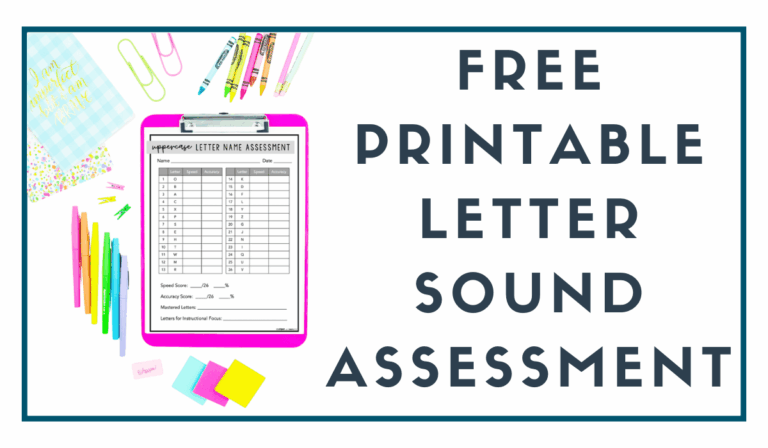
Have 5 minutes to fill in your homeschool day? These 7 quick, fun letter recognition activities are perfect for your transition times. The letter recognition activities:
It’s important to include these in your daily routine because:
“some children may need only 10-20 exposures to a letter to recognize it automatically, other children may need 20 times that amount of exposure to over learn the letters to the point of automaticity” (Berninger, 2000).
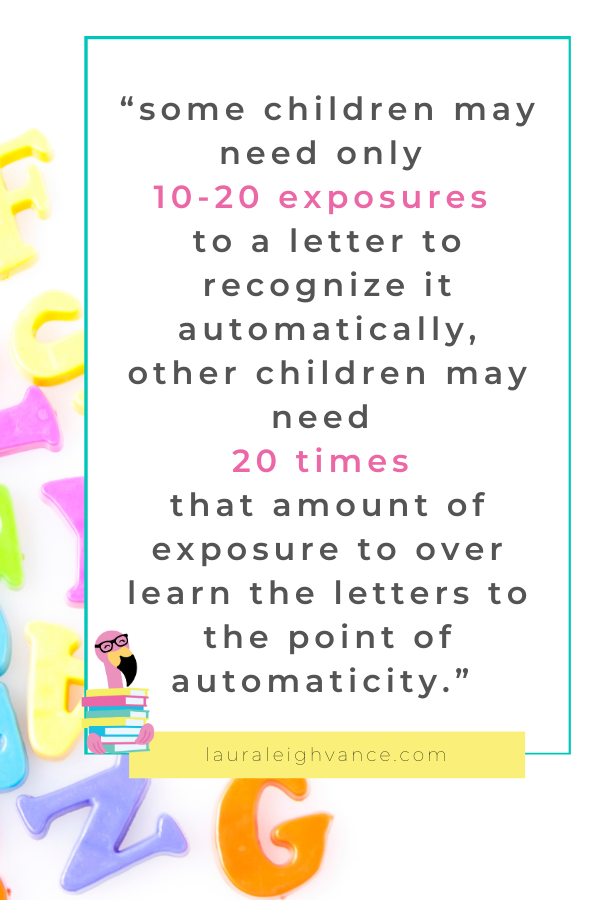
Choose a few of these letter recognition activities each day, and you’ll be able to provide lots of additional exposures in a small amount of time!
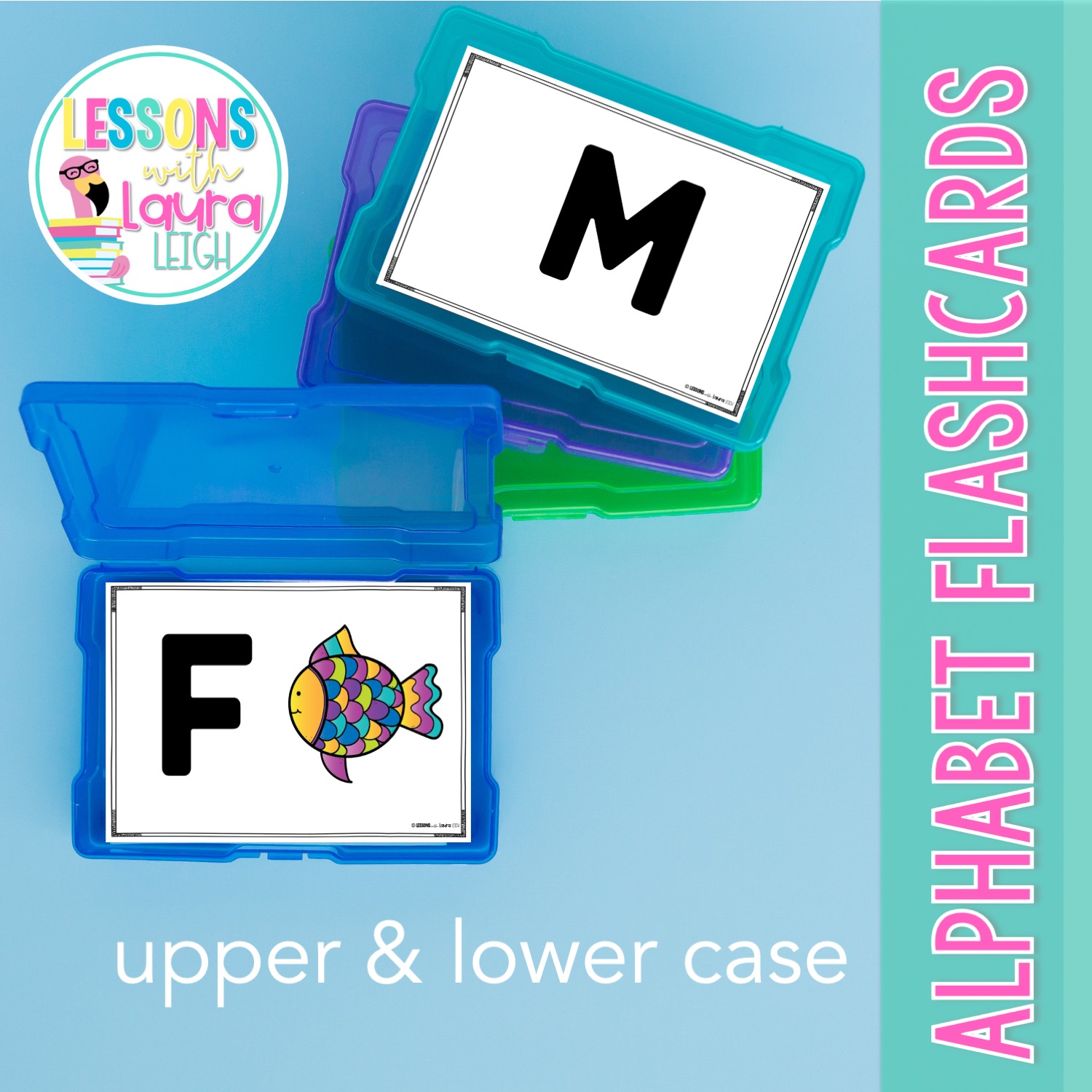
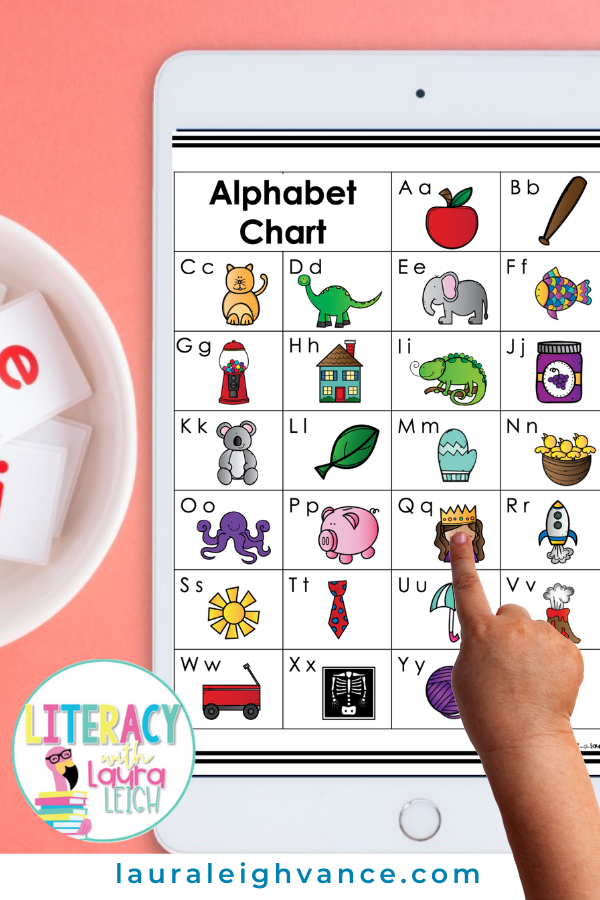
Show a letter card to your child before starting an activity or leaving the house. They must say the letter name. If you’d like to differentiate this letter recognition activity based on their needs, have them give the letter name, the sound, or even a word that begins with that letter.
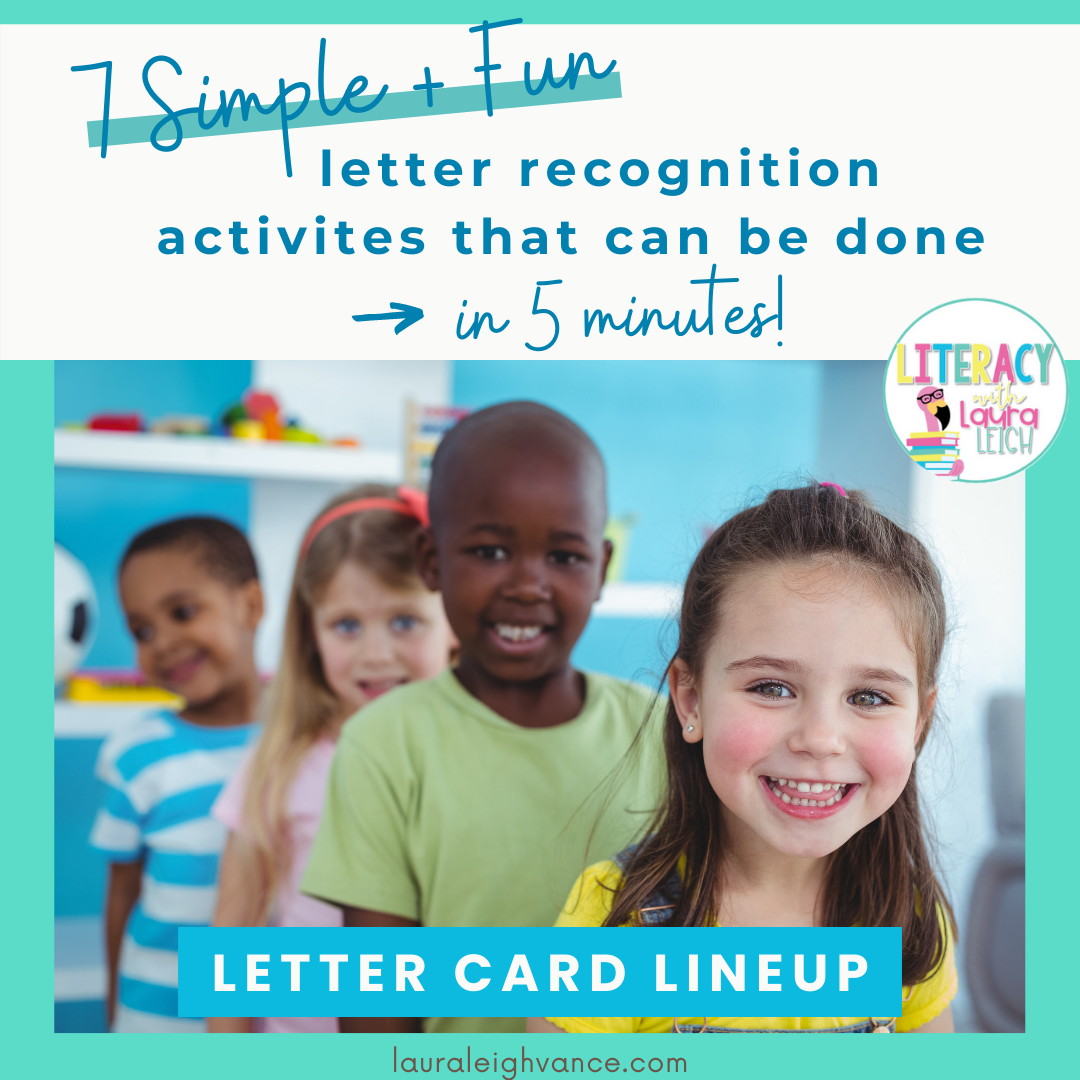
If you’d like to try out the alphabet arc I use, CLICK HERE to grab yours for FREE.
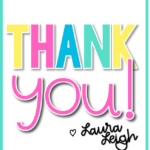
REFERENCES:
Berninger, V.B. (2000, Nov.). Language based reading and writing intervention: Findings of the University of Washington Multi-Disciplinary Disability Center. paper presented at the meeting os the International Dyslexia Association, Washington, DC.